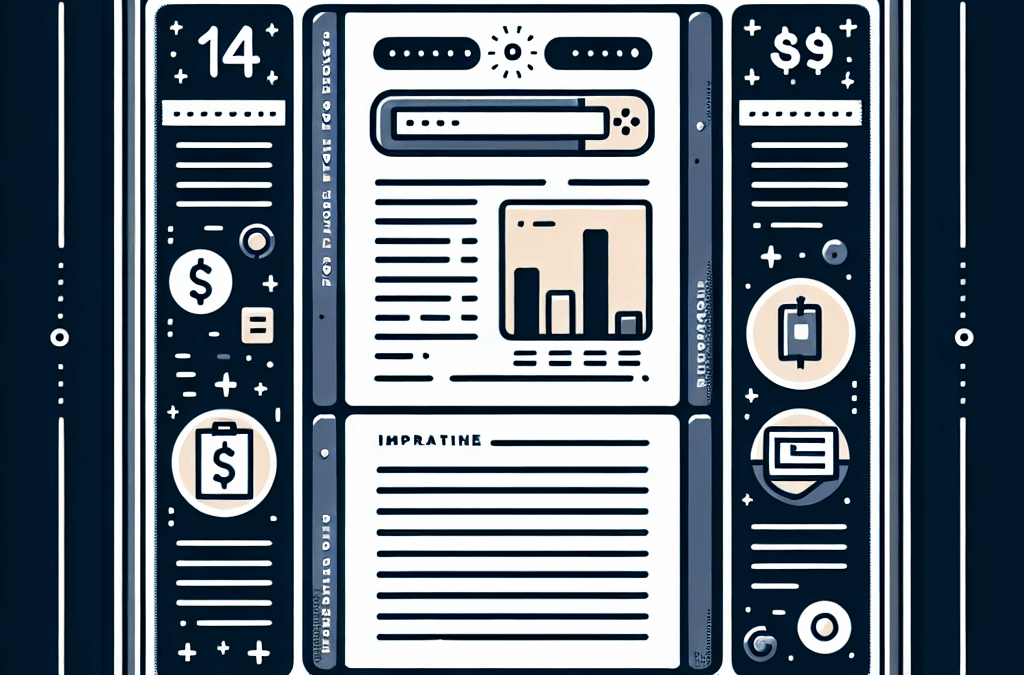There are a number of steps involved in building your business online. Find out where web design falls in that timeline and what you must do beforehand and what happens afterward. This can help you develop realistic expectations for your web design project. It will also help you define the boundaries of your agent-client relationship and cut down on unnecessary costs and time delays.
Prior to Meeting with Your Web Designer
Branding your business happens before you put together a web design. There are many branding companies that can help you develop your brand identity. The elements you need to define before meeting with a web designer are your messaging, and your unique value proposition.
Branding
Essentially, your brand identity is your story. It’s also the “personality” behind your company. Are your products whimsical? or of a serious nature? How do you want your clients to view your business?
Messaging
Once you know “who you are” and “what you want to say,” then you need to say it. Your messaging includes taglines, quotes, or even a catchphrase. You also need to set the tone of your message and identify key points you wish to communicate.
Unique Value Proposition
What makes you different than all the others?
The answer to that question is your unique value proposition and your web designer will need it clearly defined. That way he can promote your strengths with website images and web page text when he begins your web design project.
What to Expect from the Web Design Project
Once you’ve established your brand, then it’s time to build your website. Make sure you go to your initial consultation with a clear understanding of what you can expect from your web designer.
Initial Consultation
First, your designer should sit down and learn about your brand. He will look at your unique value proposition and also any branding elements you’ve brought along, such as a logo or offer. This is the right time to point out other websites that you like the looks of or bring up specific design elements you would like on your own web design project.
Custom Design or Website Template
Most often, a custom website design will provide your users with a better experience. It also allows you to fully express your branding in a way that a website template will not.
Note: At Ericks Webs Design, we offer a Free Mock-Up of a custom web design for approval within a week of your Initial Consultation.
Imagery
A web designer then works with their client to utilize existing photos and other digital assets. Most of the time, a logo has been created by the branding company and sometimes other graphics as well. For those companies who do not have sufficient images to populate their new web design project, a web designer can find appropriate stock photos and quote you a price for incorporating them into your site.
Backend Development of Your Web Design Project
Web design builds on a foundation of coding that will keep things running smoothly. You should expect your website to load quickly and not have any broken links or missing pages. In addition, a custom website should be easy to update. Any person in your organization should be able to update your site with minimal training.
Mobile-Friendly Design
Having a mobile-friendly design is a must for all websites and something you should expect your web designer to deliver. The number of people who search using their mobile devices continues to rise. Some industry experts expect Google to make the Mobile Index the primary index for search results. That means that if you don’t have that mobile-friendly site, you may not appear in the search results.
Social Media Integration
Your web designer does not create your social media accounts or page designs, but they will integrate your social media accounts with your website. You can display live or dynamic feeds right on your site or automate outbound content for ease of distribution.
Branding & Style Guide
Once your web design has been created, you should expect a branding and style guide. This should include a typography sheet and a list of all the hex codes for the colors used on your site. This allows you to make updates or coordinate your online and offline branding.
Landing Page Content
A web designer does not write your company’s content. That is the job of a copywriter. Instead, they will take your existing content and rework it so that it is searchable and looks nice on your landing page.
On-Page Search Engine Optimization
What a web designer does do is optimize your content so that it incorporates the primary keywords for your industry. In many cases, this is all you need to rank high in Google’s search results.
You can reasonably expect your web designer to provide the following SEO services.
- Identify the keywords you should be ranking for
- Provide you with a detailed spreadsheet of the keywords, title tags and meta descriptions for each page of the site
- Properly structure and tag your site to rank for the recommended keywords
- Configure your site with the Yoast SEO plugin
- Submit your site to all of the search engines
- Setup and submit an XML sitemap for your website
Training
Finally, you should ask for training on how to make changes to your web design. It will save you money if you can make updates yourself without having to secure the services of a web developer.
After Your Web Design Is Built
Once you have your web design and you’ve received training on how to make updates, it’s time to create a marketing plan. Digital marketing agencies can help you put together a good AdWords program and an ongoing SEO strategy. They will help you drive visitors to your website and work on increasing conversions.
Every three to five years, you should evaluate your web design and see if you need a revamp. If so, then you should contact your web designer and have them go through the web design process again. Brands change and you may find that you need to communicate a new message to your customers.
If you are in need of a new web design or a website redesign, contact Ericks Webs Design. We give our client’s the best web design experience possible. For no money or obligation, you can receive a Free Mock-Up Offer of a new web design in just one week. Contact us today.
Web Design










